Introduction
Salt-preserved duck eggs, a culinary delight cherished across many regions in Asia, particularly in China, offer a unique flavor profile that combines the richness of duck fat with the savory tang of salt. These eggs, known for their golden yolks that are both oily and flavorful, are a staple in traditional dishes and are often enjoyed as a snack or a condiment. The process of achieving perfectly salt-preserved duck eggs that are not only yellow and oily but also delicious involves a blend of science and art. This article delves into the intricacies of how to successfully preserve duck eggs, focusing on techniques that ensure the yolks turn a beautiful golden hue, release a mouthwatering oil, and maintain a delightful taste.
Understanding the Basics
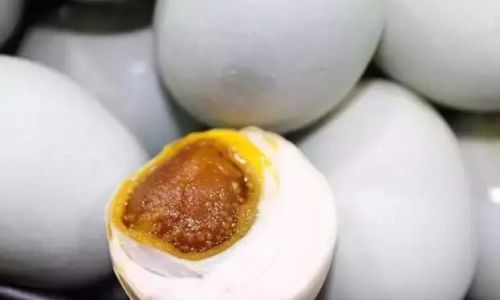
Before diving into the specifics of the preservation process, it’s crucial to understand the fundamental principles behind making salt-preserved duck eggs. The transformation of a regular duck egg into a salt-preserved one is a result of osmosis, a process where water molecules move through a semi-permeable membrane from a region of low solute concentration to a region of high solute concentration. In this case, the duck egg’s shell and membrane act as the semi-permeable barrier, allowing salt to penetrate the egg while moisture escapes.
The yolk’s ability to turn golden and oily is linked to its fat content and the chemical changes that occur during the preservation process. Duck yolks naturally contain a higher percentage of fat compared to chicken yolks, which is essential for achieving the desired texture and taste. The salt not only flavors the egg but also draws out moisture, concentrating the fats and proteins within the yolk, leading to the formation of the golden hue and the release of oil.
Selecting the Right Duck Eggs
The quality of the final product starts with the selection of the eggs. Fresh duck eggs are paramount. Look for eggs with clean, uncracked shells and a uniform color. The fresher the egg, the better the preservation outcome, as stale eggs may not hold up well to the salting process.
Duck breed also plays a role. Some breeds produce eggs with higher fat content, which is ideal for salt preservation. If possible, source eggs from ducks that are fed a natural diet rich in fats and proteins, as this can enhance the quality of the yolks.
Preparation and Cleaning
Before beginning the preservation process, thoroughly clean the eggs to remove any dirt or debris that could interfere with the salting or contaminate the final product. Use a soft cloth or a gentle brush to avoid damaging the shell. Rinsing the eggs under cold running water is effective, but ensure they are dried completely afterward to prevent mold growth during preservation.
The Salting Process
There are several methods for salting duck eggs, each yielding slightly different results. The most common techniques include dry salting, wet salting, and mud packing.
Dry Salting
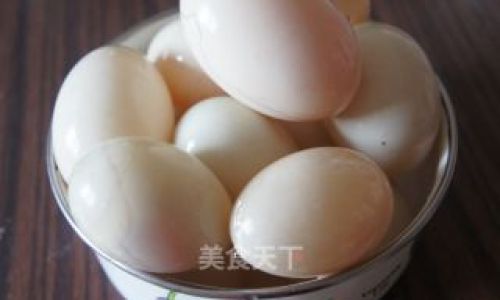
Dry salting involves placing the cleaned eggs directly into a container filled with salt. The eggs are then buried in the salt, ensuring they are completely covered. This method requires a higher salt concentration and a longer preservation time, typically around 3-4 weeks. The advantage of dry salting is its simplicity and the minimal mess involved. However, it may require more precise control over humidity and temperature to prevent mold.
Wet Salting
Wet salting, also known as the brine method, involves submerging the eggs in a saltwater solution. The ratio of salt to water can vary, but a common starting point is 1 cup of salt per quart of water. This method allows for faster penetration of salt into the eggs, reducing the preservation time to about 2-3 weeks. Brining also provides more consistent results, as the salt concentration remains uniform throughout the solution. However, it requires more frequent monitoring to ensure the brine remains clean and free of contaminants.
Mud Packing
Mud packing combines the use of salt with clay or mud to create a protective coating around the eggs. The mud mixture, which often includes salt, water, and sometimes ash or lime, is applied to the eggs and allowed to dry. This method creates a barrier that helps regulate the rate of salt penetration and moisture loss, resulting in a slower preservation process (up to 4-6 weeks). Mud packing is traditional in some regions and adds an earthy flavor to the eggs. However, it can be more labor-intensive and requires access to suitable mud.
Achieving the Golden Yolk and Oil
Regardless of the salting method chosen, achieving the golden yolk and oily texture involves a delicate balance of time, temperature, and humidity control.
Temperature and Humidity
The preservation process should occur at a consistent temperature, ideally between 75-85°F (24-29°C). Higher temperatures accelerate the chemical reactions responsible for yolk coloration and oil formation but must be balanced with adequate humidity to prevent the eggs from drying out. Too low humidity can lead to cracked shells and desiccated yolks, while too high humidity can promote mold growth.
Duration

The duration of the preservation process is crucial. It should be sufficient to allow the salt to fully penetrate the egg and concentrate the fats and proteins within the yolk. Generally, 3-4 weeks is a good guideline for most methods, but this can vary based on the specific conditions and desired level of saltiness.
Post-Preservation Handling
Once the preservation process is complete, the eggs should be rinsed off to remove any excess salt or coating. They can then be stored in a cool, dry place until ready to use. Properly preserved duck eggs can last for several months, with the yolks continuing to develop in flavor and texture over time.
Cooking and Enjoying
Salt-preserved duck eggs are typically boiled or steamed before consumption. Boiling for about 8-10 minutes or steaming for a similar duration is sufficient to cook the egg while retaining its unique texture and flavor. The cooked yolks should be creamy, golden, and slightly oily, with a rich, savory taste.
These eggs can be enjoyed in various ways, from being sliced and served as a condiment with rice or noodles to being used in stir-fries, soups, and baked dishes. Their unique flavor and texture make them a versatile ingredient that can elevate the taste of many dishes.
Conclusion
Making oily and delicious salt-preserved duck eggs is an art that combines science, patience, and a love for culinary traditions. By understanding the principles of osmosis, selecting high-quality eggs, carefully controlling the preservation process, and properly handling the finished product, anyone can achieve the golden yolks and rich flavor that make salt-preserved duck eggs a culinary treasure. Whether enjoyed as a simple snack or incorporated into elaborate dishes, these eggs offer a taste of tradition and culinary excellence that transcends borders and generations.
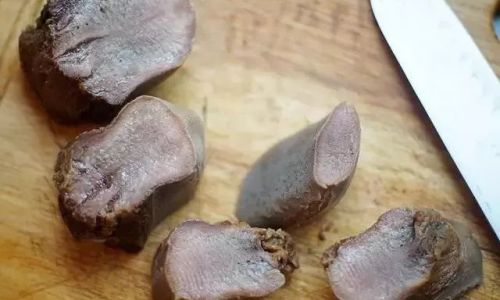
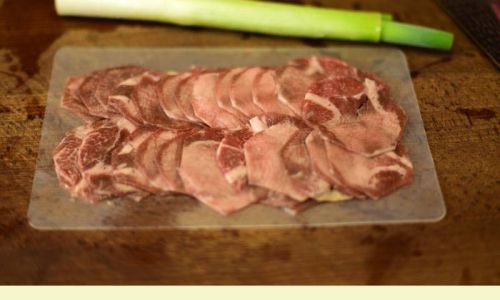



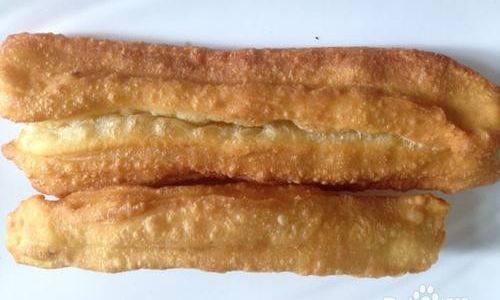
0 comments